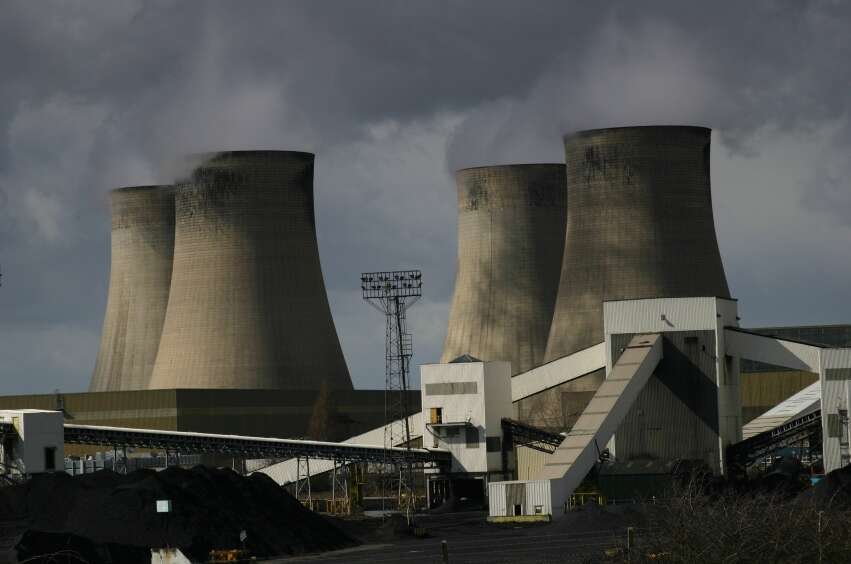Using electricity generated by offshore wind turbines as one pathway to split water to produce clean hydrogen may make economic sense, particularly along the U.S. Atlantic Coast and in the Gulf of Mexico, according to researchers at the National Renewable Energy Laboratory (NREL). The economics work best in regions where the water is not as deep and the wind is strong, according to their …



There are almost no hydrogen cars, so it doesn’t surprise me.
Even assuming that safety is a non-issue, and leakage is non existent, you still have to build an anormously expensive infrastructure for filling 700bar tanks. And compressing that much hydrogen is requiring a considerable amount of energy in the first place. Meanwhile backbone infrastructure for charging batteries mostly exists and requires only minor-to-moderate expansion for battery powered cars
It would probably still suck if that happened in the tunnel or underground garage where it doesn’t disperse fast enough.
There are tens of thousands of FCEVs out there. It’s enough to know it is safe.
BEV charging infrastructure is repeatedly brought up as the major sticking point. BEV fans have handwaved away the real challenges to their own detriment.
A very rare scenario. You would need a large quantity of hydrogen leaked in a short period of time for this to be an issue. In reality, this is highly unlikely and should not be something we worry about. Meanwhile, thousands of people die in gasoline fires all the time.